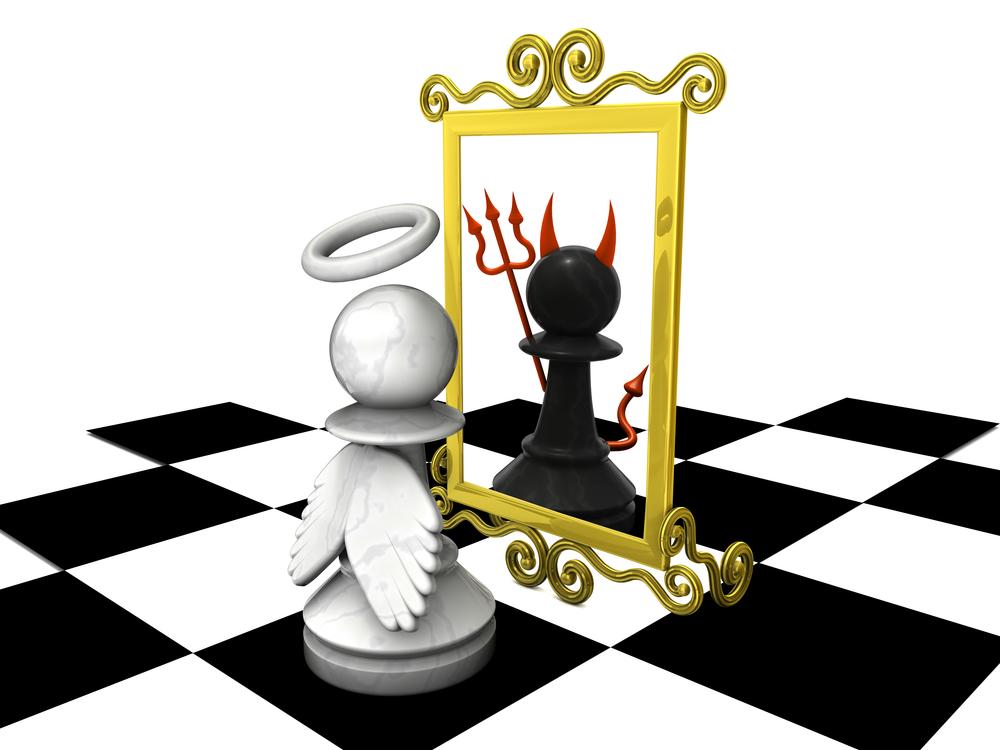
Are Bad Openings Good For Your Chess?
In past articles we've discussed why people play bad openings and how to deal with such dubious lines.
Are these openings really that bad for your chess? While the answer might seem quite obvious, the reality is not that simple. Let me give you an example:
Just five moves have been played so far, but Black managed to achieve a lot already. He fell seriously behind in development, damaged his center and effectively ruled out castling kingside.
Let's look at another position from the same opening:
Here Black already lost his right to castle as early as move nine!
So if a chess player decided to start his next three games from the position above against decent opponents, how many points would he score? Zero?
What if I told you that these three "decent opponents" are super-grandmasters Alexander Grischuk, Sergey Karjakin and Alexander Morozevich, and Black scored three points out of these three games?
Let me assure you that Black was not AlphaZero or any other chess engine. Nope, it wasn't Magnus Carlsen either.
Here are the games:
To be fair, all these games were played when the future super-grandmasters were young, but I can assure you, they already knew how to play chess.

So, maybe this is just a weird case when a really good opening appears to be bad? Believe me, it is a dubious line!
In my first world junior championship, I tried a more conservative version of this opening (at least I managed to castle!) and suffered for a while before I achieved a draw.
In my opinion, the results of the above-mentioned three games can be explained by the enterprising style of Evgeniy Najer. While this strong grandmaster is not a household name, he won the World Open two years in a row (2008 and 2009) as well as the European championship in 2015.
He is probably better known now after his recent masterpiece from the 2019 FIDE Chess.com Grand Swiss.
Najer managed to out-calculate such a genius as Vishy Anand—how did he do it? The answer can be found in Najer's games from his youth. He used offbeat openings in most of his games.
While playing Black, most chess players try to equalize; meanwhile Najer's opening strategy was different. He deliberately put himself on the edge of a cliff where one wrong move could spell disaster, but when his opponents tried to push him off the cliff, they frequently lost their balance and fell into the abyss!

While constantly playing in such severe conditions, Najer has developed his tactical abilities and creativity. To some extent, it reminds me of the old Soviet slogan: "The army is a school of life." Unlike many Soviet slogans, it was an absolute truth and not a part of propaganda. If you survived the Soviet Army, you would survive anywhere!
By the way, if you are wondering what White should do against this opening, the next game can provide an answer. Alexander Morozevich tried to employ Najer's line himself and paid the price:
While I cannot recommend you to play dubious opening variations, they can provide some benefits too, as you can see!



